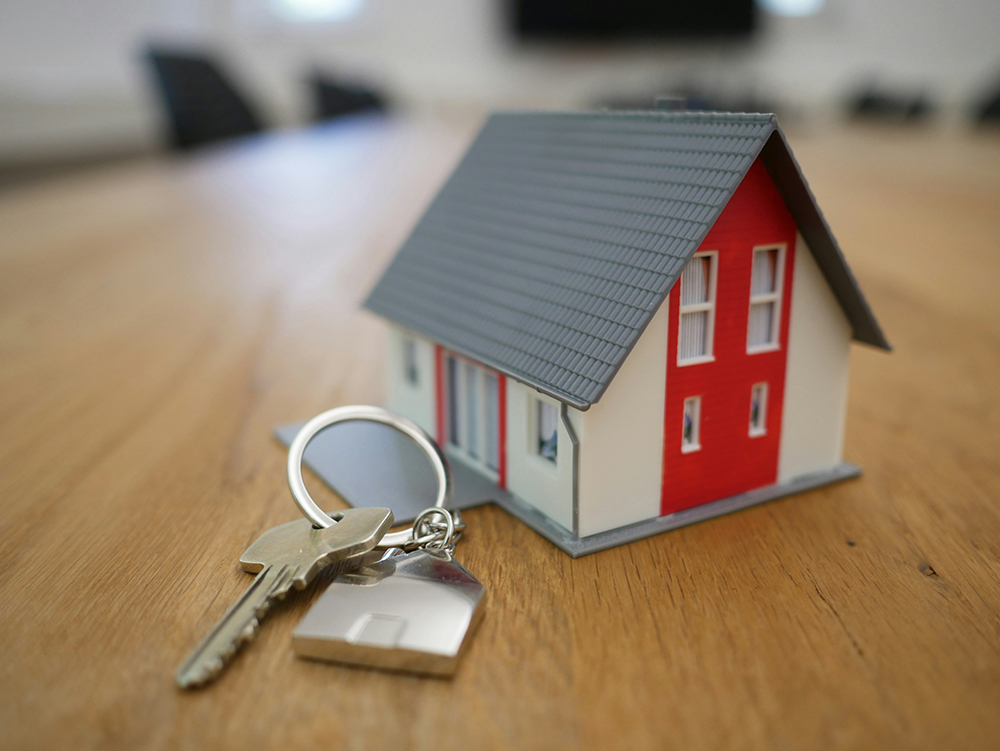In a seller’s market, buyers can end up getting the short end of the stick. Housing inventories have yet to revert to normal levels, and the demand is high for mid-price homes, often driving multiple offers on many properties. If a buyer is lucky enough to get an accepted offer, they still need to contend with the reality of higher interest rates taking a bite out of their household income (unless they’re an all-cash buyer).
So, what’s a buyer to do? Before you start looking at homes, you need to know three key numbers: what the bank will lend you, what you can afford, and what you’re willing to pay. It’s essential to understand the difference between these three numbers, or you might end up biting off more than you can chew.
1. What Will the Bank Lend You?
Unless you’re holding enough cash to buy a house outright, your first step is getting preapproved for a mortgage. This is especially important in a hot real estate market. When there are multiple offers on the table, sellers may reject offers outright that aren’t accompanied by a preapproval letter.
But don’t take the first mortgage deal you’re offered. Even if you have an existing relationship with your local credit union or community bank, it’s in your best interest to get at least one comparison quote before you sign on for a mortgage. A rate difference of as little as 0.25 percent can really add up over 30 years. While you can shop different lenders for the best terms and rates, a better option is to use a mortgage broker. They can save you time by shopping different lenders on your behalf.
Because brokers work with multiple lenders, they often have more flexibility in how they structure your loan. They can alter terms like cash down, interest rates, closing credits, and loan duration, which will likely result in a mortgage that better fits your financial needs.
2. What Can You Afford?
Unfortunately, regardless of which lender you work with, you can’t rely on them to tell you what you can afford. While they will tell you what they will lend you, that is by no means a bellwether for what you should spend because the calculation they perform is essentially a measure of risk, not a measure of cash flow.
Credit scores are used as an indicator of how much risk a lender assumes when they sell you a mortgage. Not only can a very low credit score impact your ability to get a mortgage, but it will also factor into the interest rate you’ll pay. The lower your score, the higher your interest rate will be. That translates into a larger mortgage payment overall.
3. What Are You Willing to Pay?
The last number you need to know is what you’re realistically willing to pay.
This number will change from property to property, depending on what features the home has and what projects you may have to take on. Understand that in a seller’s market, you’ll likely have to pay above list price, and you may have to pay above the property’s appraised value.
If you’re willing to pay more than the appraised value of the home, you’ll need more cash in the deal because your lender won’t cover the gap between the offer price and the appraised value with a mortgage.
This can put you in a sticky situation if you have little leftover cash to cover the unexpected expenses that inevitably come with home ownership.
Keep a Healthy Cash Reserve on Hand
Home buying is a stressful process, but owning a home without adequate cash reserves is a recipe for disaster. Regardless of the condition of the real estate market, it’s important to keep a healthy cash reserve on hand to handle emergency expenses without going into credit card debt.
It’s a tough market for buyers right now. But if you go into the home buying process armed with the appropriate information, you’ll be well positioned to make a strong offer on a property that meets your needs and budget. In the end, your perfect house is probably the one that allows you to sleep soundly in the short term and helps you build value over the long term.
Gene Gard, CFA, CFP, CFT-I, is a Partner and Private Wealth Manager with Creative Planning. Creative Planning is one of the nation’s largest Registered Investment Advisory firms providing comprehensive wealth management services to ensure all elements of a client’s financial life are working together, including investments, taxes, estate planning, and risk management. For more information or to request a free, no-obligation consultation, visit CreativePlanning.com.
